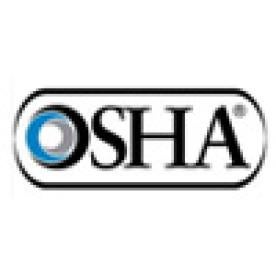Employers face the possibility of an increase in whistleblower complaints under new guidance from the Occupational Safety and Health Administration that relaxes the standard for investigators tasked with determining if a violation of a whistleblower statute exists. OSHA provides whistleblower protection under 22 federal statutes.
In revisions to its Whistleblower Investigations Manual, which went into effect January 28 and supersedes previous guidance, OSHA states that the investigative standard in whistleblower cases now is whether there is “reasonable cause” to believe a violation occurred. “Under the reasonable cause standard,” the Manual states, “OSHA must believe, after evaluating all of the evidence … that a reasonable judge could rule in favor of the complainant.”
To find reasonable cause, the Manual instructs, evidence must support each element of a violation. However, a merit finding, according to OSHA, need not require as much evidence as required at trial. “Because OSHA makes its reasonable cause determination prior to a hearing,” the Manual explains, “the reasonable cause standard is somewhat lower than the preponderance of the evidence standard that applies following a hearing. Accordingly, OSHA’s investigation must reach an objective conclusion — after consideration of the relevant law and facts — that a reasonable judge could believe a violation occurred. The evidence does not need to establish conclusively that a violationdid occur.”
The change replaces a more rigorous standard that required the complainant to show initially that protected behavior or conduct was a contributing factor in the allegedly adverse personnel action. Even if an alleged whistleblower met this prima facierequirement, the complaint still could be dismissed if the employer, as an affirmative defense, established by clear and convincing evidence that it would have taken the same adverse personnel action regardless of any protected activity.
A second revision to the Manual, dealing with information exchange, instructs investigators to provide only a summary of the information supplied by the employer to the alleged whistleblower where sharing the actual documents could inflame or incite unstable complainants. The change is a nod to concerns about workplace violence incidents. Under previous guidance, both sides (employer and whistleblower) were required to provide to each other every document they gave to OSHA.
The reasonable cause standard may result in OSHA’s finding that more cases should proceed on the merits beyond the investigative stage, leading to greater legal costs for employers. The number of whistleblower complaints generally also is likely to rise, since employees may be more willing to make complaints to OSHA knowing they do not need to establish trial-level proof to move forward on the merits. Whether the Solicitor of Labor will embrace this relaxed standard when deciding which cases to bring on behalf of employees under OSHA’s “section 11(c)” cases, which must be presented to a federal district judge, remains an open question.
The change underscores the need for employers to maintain documentation of all disciplinary actions and employee performance issues, and to recommit to ensuring that disciplinary policies and performance expectations have been clearly conveyed to employees and applied consistently. It also counsels making a persuasive case to an OSHA investigator early in a whistleblower proceeding so that no reasonable judge could find for the complainant.




 i
i


